Pilot Pham Tuan - the man who made the Vietnamese dream of "touching" space come true. 45 years ago today, July 23, 1980, at the Baikonur Cosmodrome (Soviet Union), pilot Pham Tuan became the first Vietnamese to fly into space. That flight was not only a source of national pride but also laid the foundation for the aspiration to explore space of future generations of Vietnamese people.
Journey to "touch" the nation's dream
In 1962, President Ho Chi Minh and the distinguished Soviet guest - Hero German Titov - the second cosmonaut of the Soviet Union (after cosmonaut Yuri Gagarin) - visited Ha Long Bay. When seeing a small island with a beautiful beach, Uncle Ho immediately named the island Titov Island, and at the same time expressed his dream that one day, a Vietnamese person would fly into space.
18 years later, Uncle Ho's dream and great vision have become a reality. The flight of hero Pham Tuan is not only an achievement of cooperation between Vietnam and the Soviet Union in the Interkosmos program, but also a symbol of the aspiration to reach new heights of a nation just emerging from war.
Born in 1947 in Thai Binh , pilot Pham Tuan made achievements in combat and was awarded the title of Hero of the People's Armed Forces at the age of 26.
In 1977, he was sent to the Soviet Union to study at the Gagarin Air Force Academy. In 1979, after many rigorous selection rounds, he was chosen to represent Vietnam in a space flight.
On the evening of July 23, 1980, the Soyuz 37 spacecraft left the launch pad at Baikonur, carrying pilot Pham Tuan and his teammate Victor Gorbatko through the atmosphere and into space. When the spacecraft flew over Vietnam, Pham Tuan was given priority in the observation position to record images of his homeland from space. Seeing the S-shaped shape of the Fatherland, he exclaimed: "So beautiful, I am extremely happy."
From space, he sent a message to Earth: "A son of Vietnam is flying across the sky of the Fatherland. I would like to send my regards and thanks to the people for creating the conditions for me to fly into space."
For nearly eight days (from July 23 to 31, 1980), the two astronauts made 142 orbits around the Earth, successfully docking with the Salyut 6 Space Station, where they conducted scientific research in zero gravity conditions.
In addition to taking photos of the territory, the two astronauts also conducted a series of experiments observing the terrain, rivers, seas, mineral mines, etc. according to Vietnam's scientific topics. The photos taken from space later helped the forestry and fisheries sectors identify areas for effective forest restoration or seafood fishing.
What is special is that in pilot Pham Tuan's luggage to space, there are pictures of Uncle Ho, General Secretary Le Duan, a handful of soil from Ba Dinh Square, the Declaration of Independence, President Ho Chi Minh's Will, the red flag with a yellow star... All are stamped with the Space Station's stamp and brought back to the motherland, as a sacred proof of Vietnam's presence in space.
Continuing the aspiration to touch the stars
The flight of hero Pham Tuan was the first "brick" for Vietnam's space technology. After him, many generations of young scientists and engineers have made efforts to continue the journey to space.
In fact, satellite manufacturing is a high-tech field and is considered a “symbol of technological power” of each country. Satellites are not only of great significance in economic development, science and technology but also in many other fields such as security, defense or climate change prevention.
Particularly for Vietnam - a country with complex terrain, long distances and vast seas, being able to manufacture satellites is even more necessary. Satellites will help Vietnam effectively manage data, thereby serving economic development, especially marine economy, agricultural economy, forest management as well as helping manage forests, climate change, monitor security and defense activities such as border management, and build the basic scientific foundation of the country.
Realizing this, in 2006, the Government approved the “Strategy for Research and Application of Space Technology to 2020.” The goal of the strategy is to bring Vietnam to an average level in the region.
The flight of hero Pham Tuan laid the first "brick" for Vietnam's space technology.
In an effort to promote the implementation of this strategy and master small satellite manufacturing technology, Vietnam has gradually formed a technical infrastructure for satellite technology applications, such as: building the National Remote Sensing Center, the Vietnam Space Center (VNSC), the Vietnam Space Technology Institute, etc.
In April 2008, Vietnam successfully launched the VINASat-1 telecommunications satellite into space and became the 93rd country in the world and the 6th country in Southeast Asia to have its own satellite in orbit.
Next, Vietnam also successfully launched into space the telecommunications satellite Vinasat-2 (May 2012) and the first remote sensing satellite VNRED Sat 1 (May 2013). VNRED Sat 1 is capable of taking pictures of all areas on the Earth's surface, supporting Vietnam in socio-economic development, responding to natural disasters and climate change...
Notably, with the help of Japan, Vietnam has manufactured the first “Made in Vietnam” satellite, PicoDragon, which was launched into space on August 4, 2013. Nearly 6 years later, the second “Made in Vietnam” satellite, MicroDragon, was launched into orbit in Japan on January 18, 2019.
This event marks an important step towards mastering Earth observation and telecommunications satellite technology in Vietnam to serve commercial needs. In 2021, NanoDragon - the third satellite completely built by Vietnamese engineers - will continue to be launched into space, serving marine observation and ship positioning.
Vietnam has completed LOTUSat-1 - an Earth observation radar satellite capable of operating day and night, regardless of weather, scheduled to launch in 2025. This is a major step forward affirming Vietnam's ability to master complex satellite technology.
According to Resolution 57-NQ/TW dated December 22, 2024 of the Politburo on breakthroughs in science, technology, innovation and national digital transformation, space technology is identified as a strategic technology.
Vietnam will develop space technology to serve many fields: resource management, environment, disaster prevention, digital transformation and especially security and defense.
According to Associate Professor, Dr. Pham Anh Tuan, General Director of the Vietnam Space Center, the development and application of space technology, especially satellite technology, will help Vietnam become self-reliant, reduce dependence on foreign technology sources, create conditions for the country to be self-reliant in strategic technologies, thereby enhancing its position and overall strength in the defense sector.
In addition, the Vietnam Space Center also actively applies satellite data in forestry, urban planning, agriculture, sea and island management, disaster prevention, etc.
In addition to technological achievements, the spirit of “reaching for the stars” has also spread throughout the Vietnamese community worldwide. On April 14, 2025, Amanda Nguyen, a Vietnamese-American, became the first Vietnamese-American woman to fly into space on a commercial flight aboard the New Shepard spacecraft.
She brought with her 169 lotus seeds provided by the Vietnam Space Center and sent a greeting to Vietnam from space: “Hello Vietnam!”. US Ambassador to Vietnam Marc Knapper organized a meeting with Lieutenant General Pham Tuan and representatives from the Vietnam Space Center to watch this moment.
That is the symbolic connection between the pioneering generation and the next generation. It can be said that the flight of the Hero of the People's Armed Forces, Lieutenant General, pilot Pham Tuan 45 years ago was not only an important milestone in bringing Vietnamese people into space, but also opened a long journey for space science to gradually "take root" and develop on the S-shaped strip of land.
From that first flight, the aspiration to conquer space was no longer a distant dream but became a specific destination, nurtured by the intelligence, mettle and determination of many generations of Vietnamese people./.
(TTXVN/Vietnam+)
Source: https://www.vietnamplus.vn/ky-niem-45-nam-ngay-phi-cong-pham-tuan-bay-vao-vu-tru-post1050770.vnp


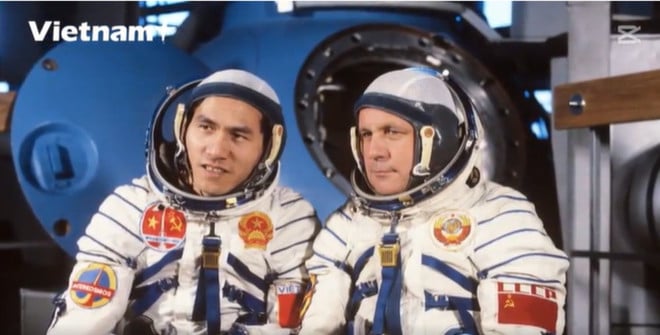
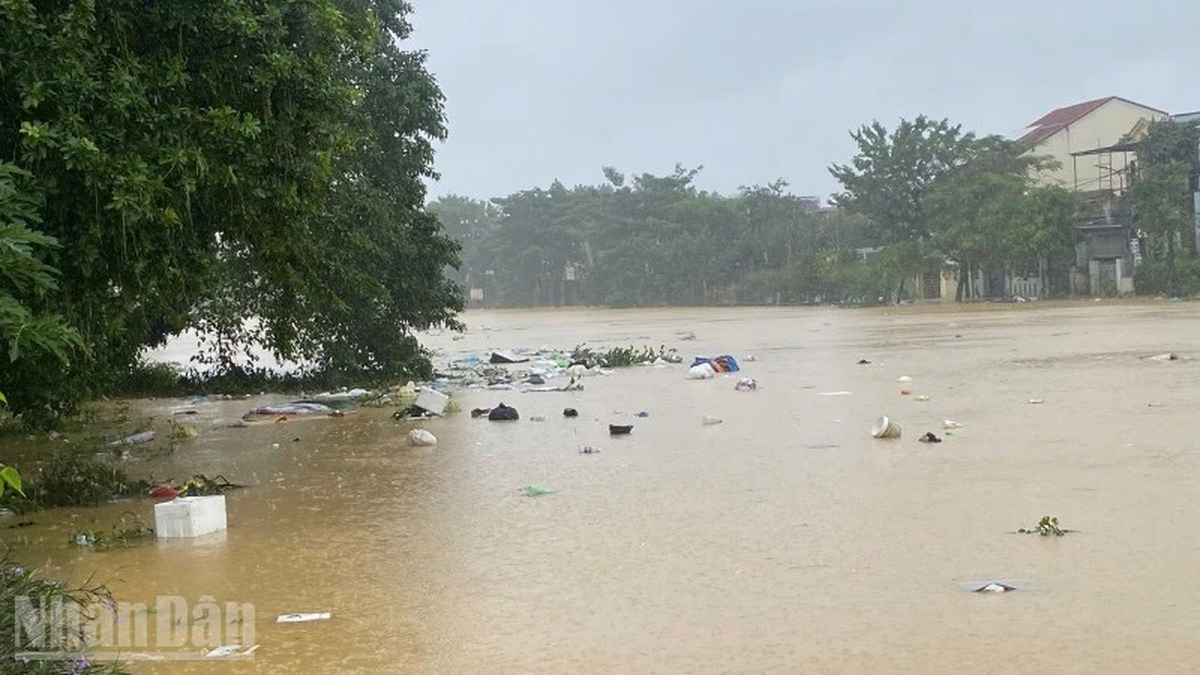
![[Photo] Hue: Inside the kitchen that donates thousands of meals a day to people in flooded areas](https://vphoto.vietnam.vn/thumb/1200x675/vietnam/resource/IMAGE/2025/10/29/1761738508516_bepcomhue-jpg.webp)
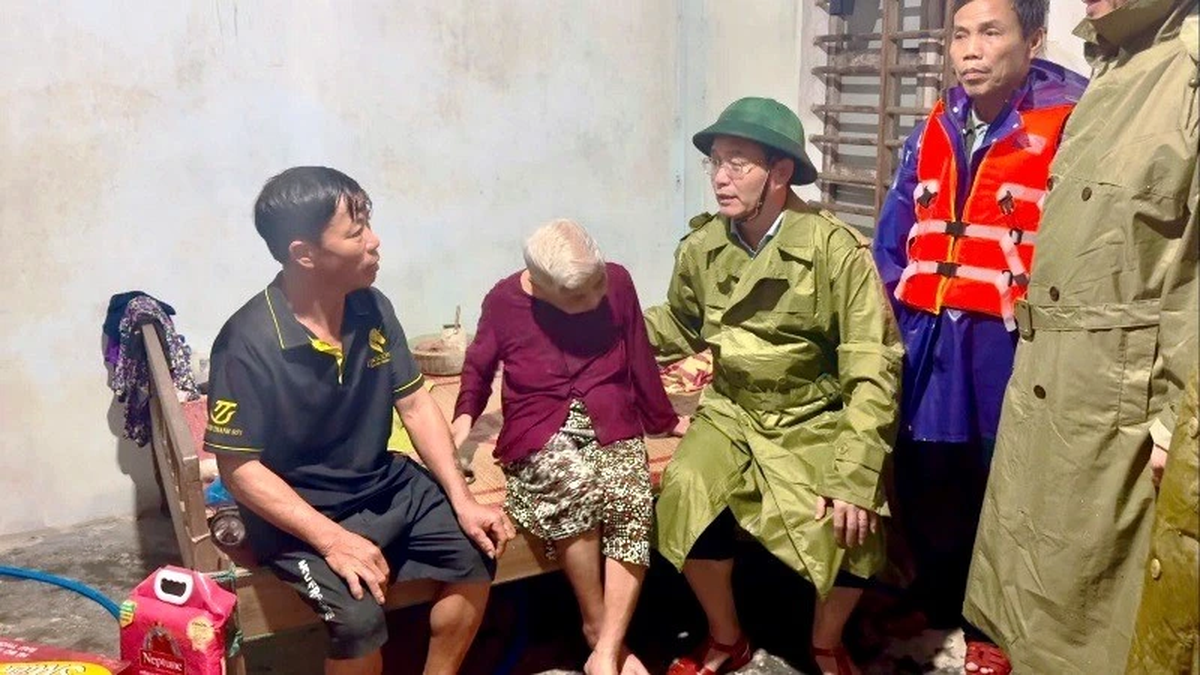
![[Photo] Prime Minister Pham Minh Chinh chaired a meeting to discuss solutions to overcome the consequences of floods in the central provinces.](https://vphoto.vietnam.vn/thumb/1200x675/vietnam/resource/IMAGE/2025/10/29/1761716305524_dsc-7735-jpg.webp)

![[Photo] Flooding on the right side of the gate, entrance to Hue Citadel](https://vphoto.vietnam.vn/thumb/1200x675/vietnam/resource/IMAGE/2025/10/28/1761660788143_ndo_br_gen-h-z7165069467254-74c71c36d0cb396744b678cec80552f0-2-jpg.webp)

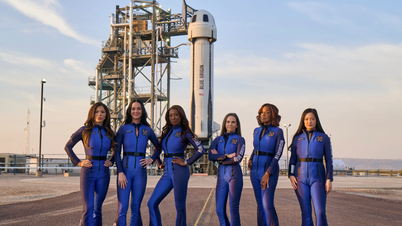





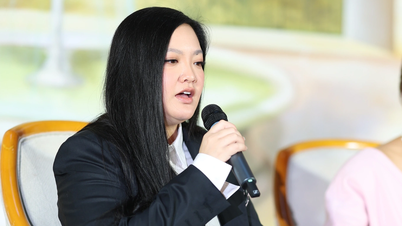

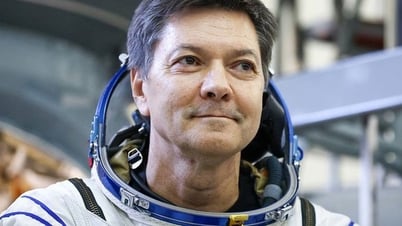

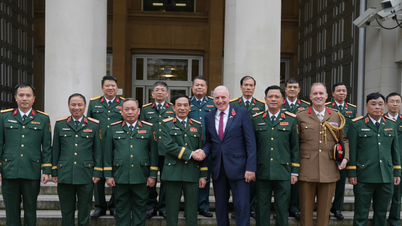

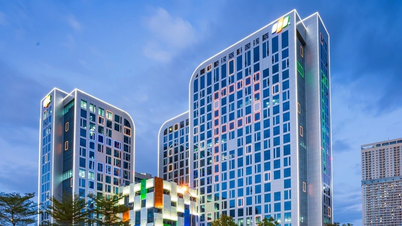

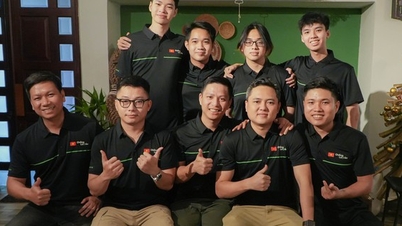

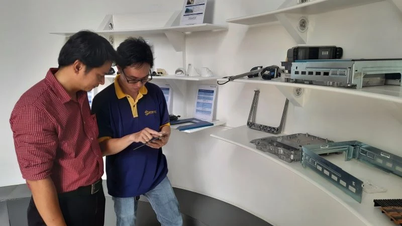
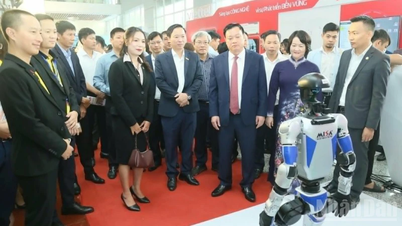



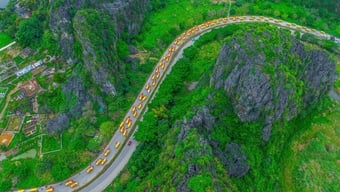

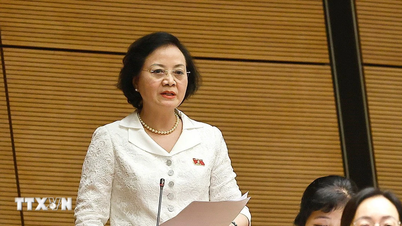
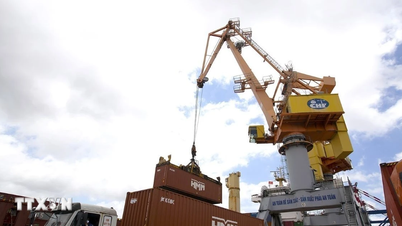
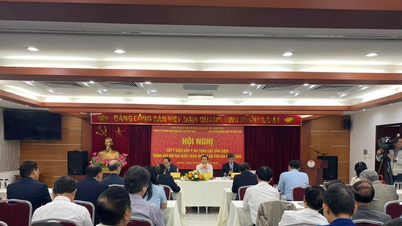

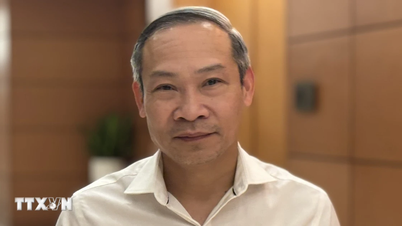
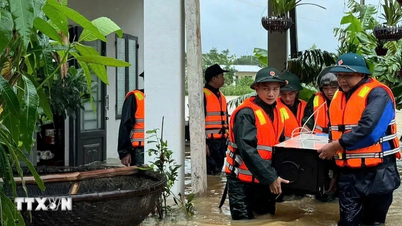
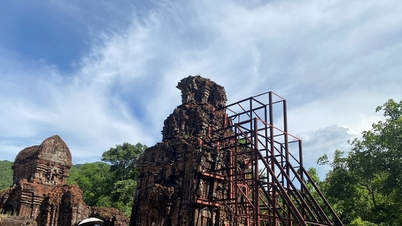

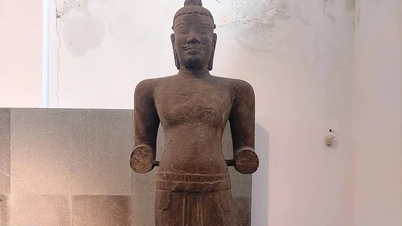
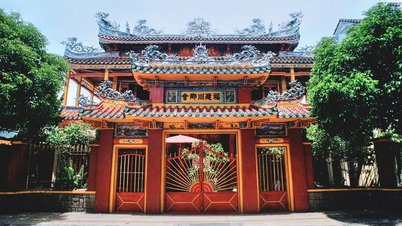

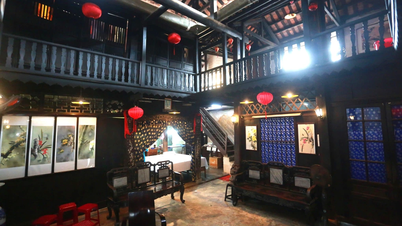
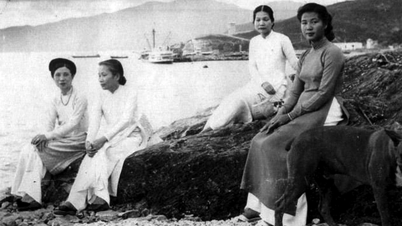
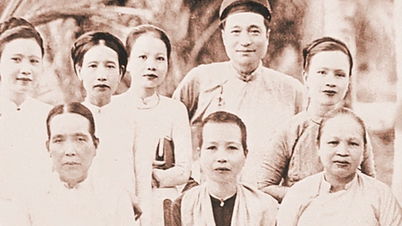
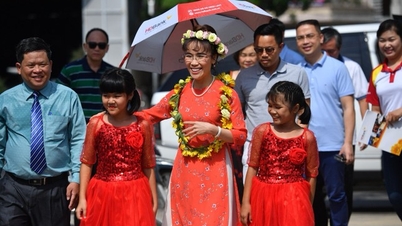

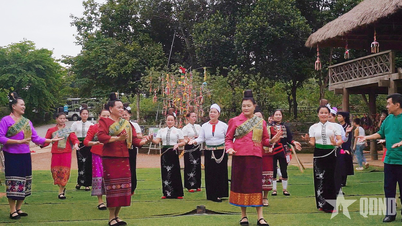

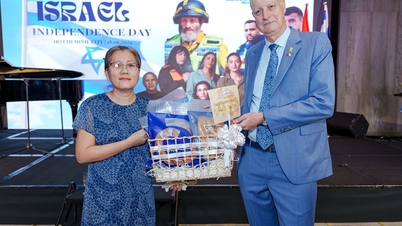

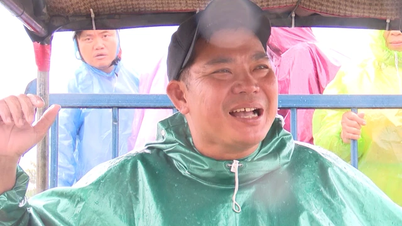
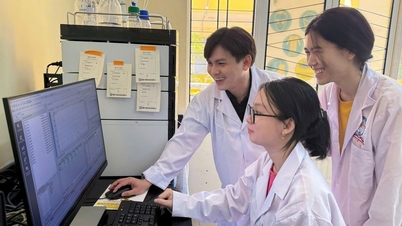
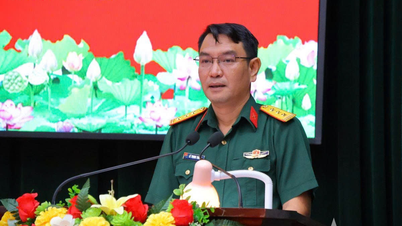


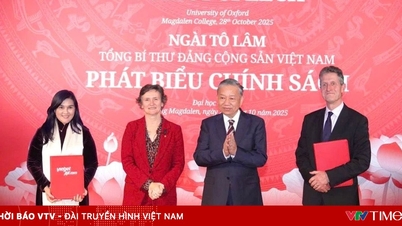

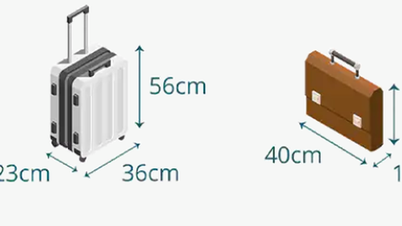

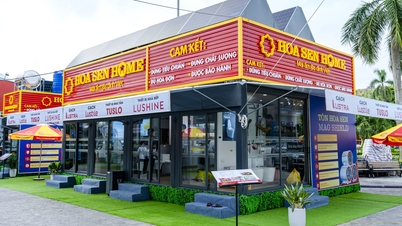
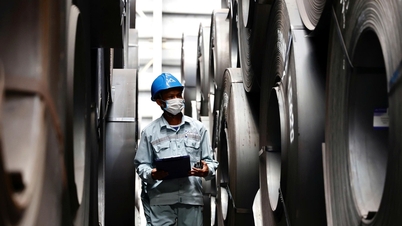
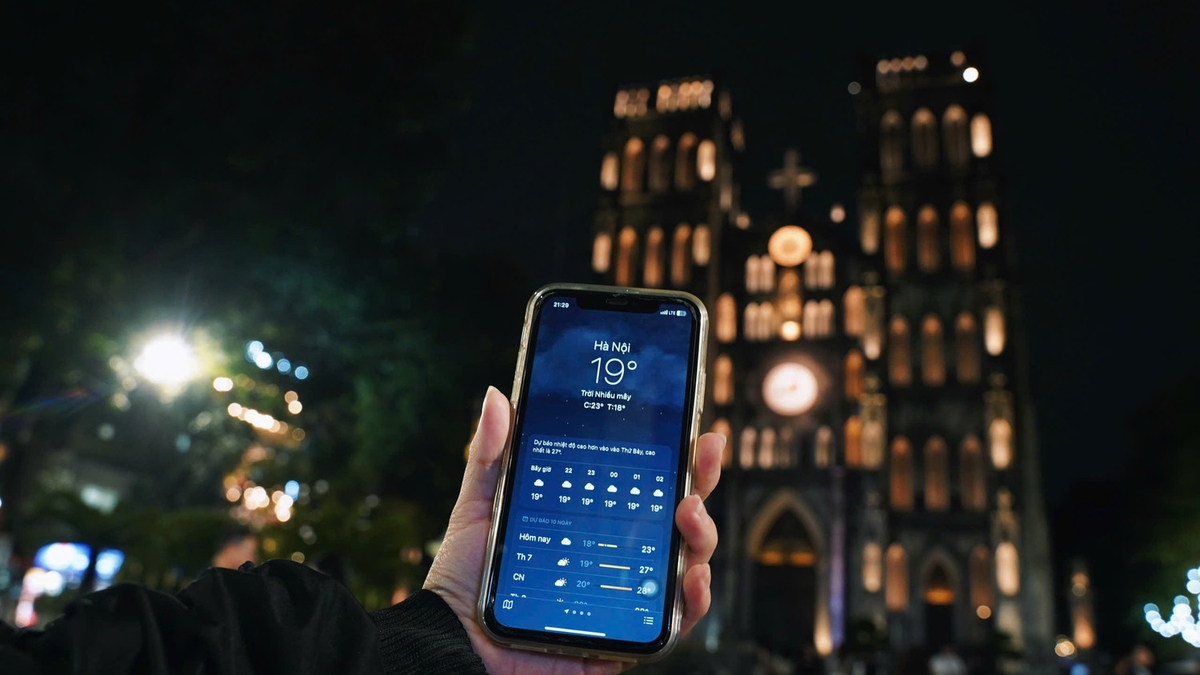




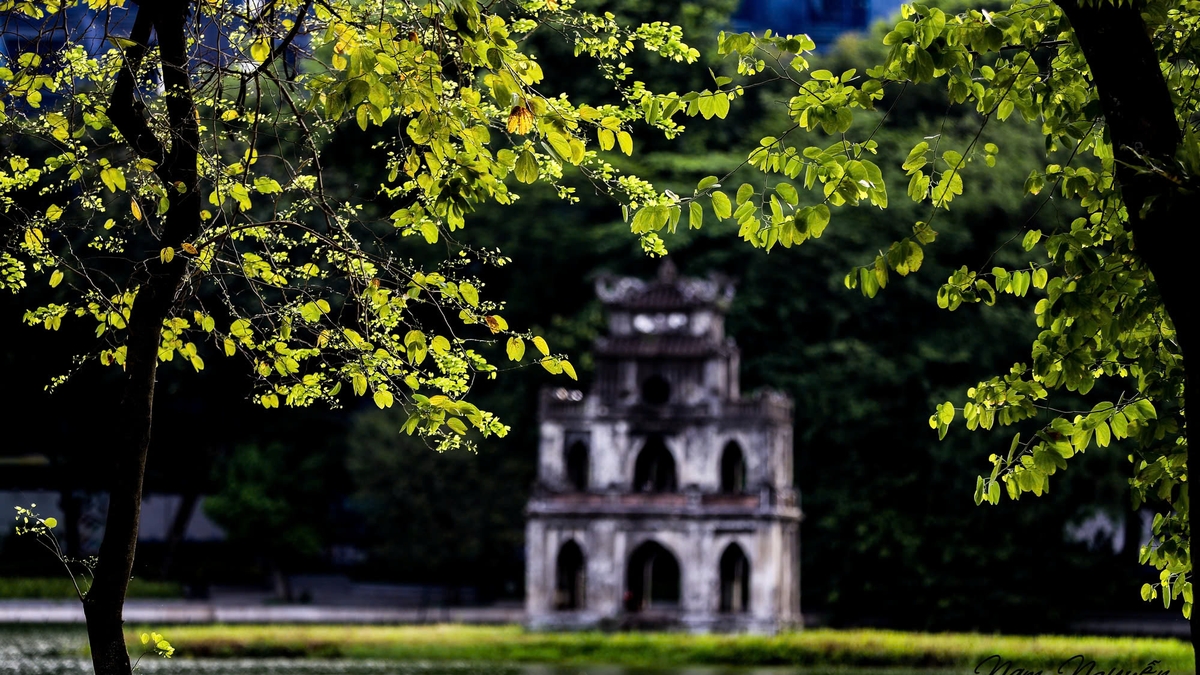
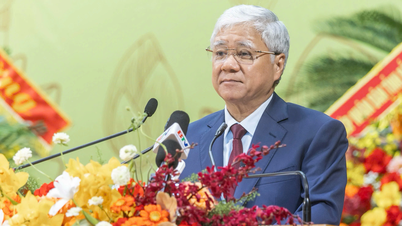
![[Infographic] Vietnam's socio-economic situation in 5 years 2021-2025: Impressive numbers](https://vphoto.vietnam.vn/thumb/402x226/vietnam/resource/IMAGE/2025/10/29/1761730747150_anh-man-hinh-2025-10-29-luc-16-38-55.png)
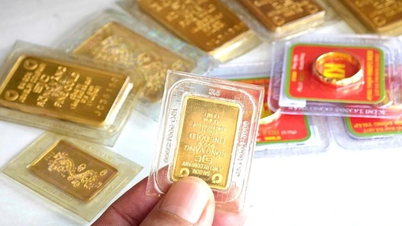
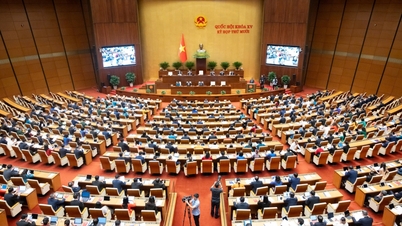
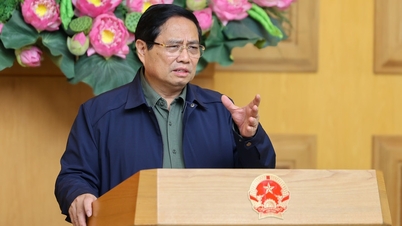
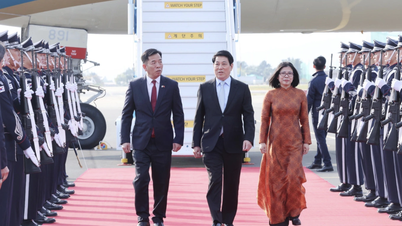
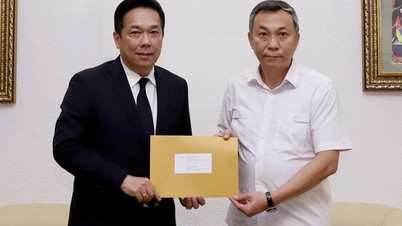

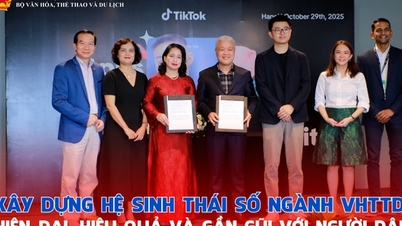
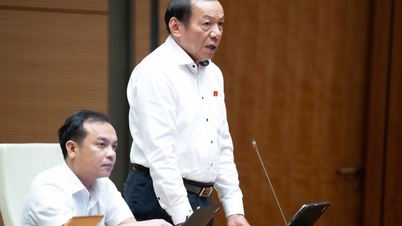
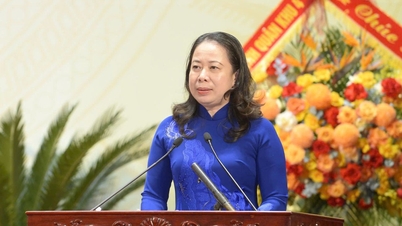

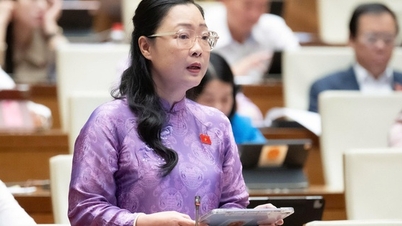
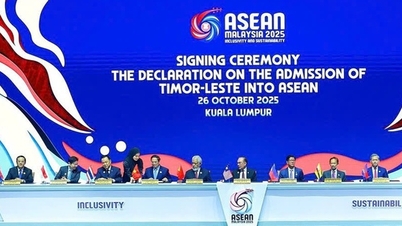
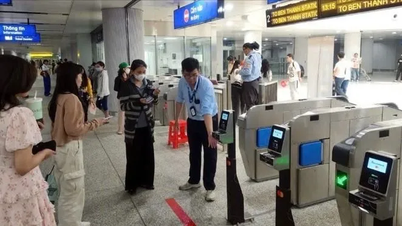

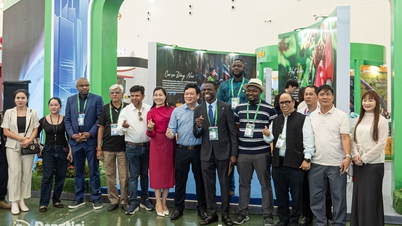

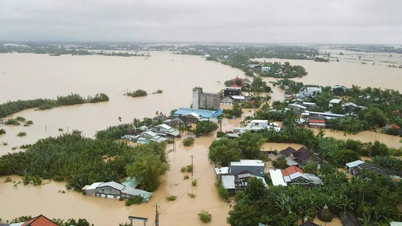
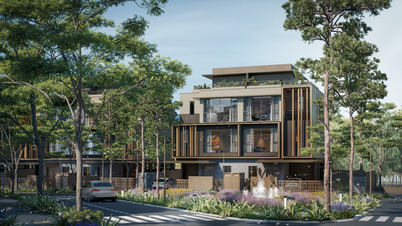

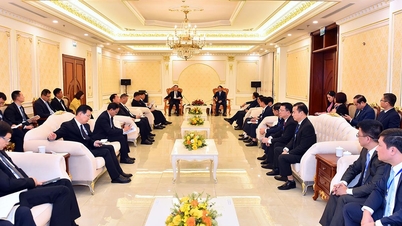













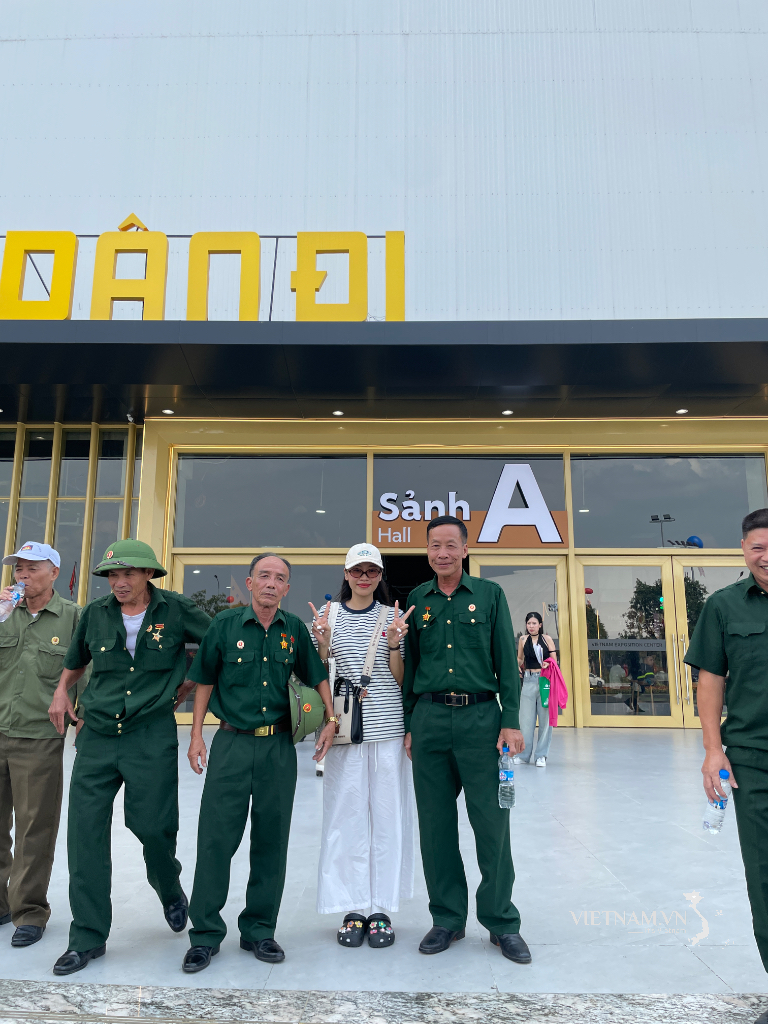


Comment (0)